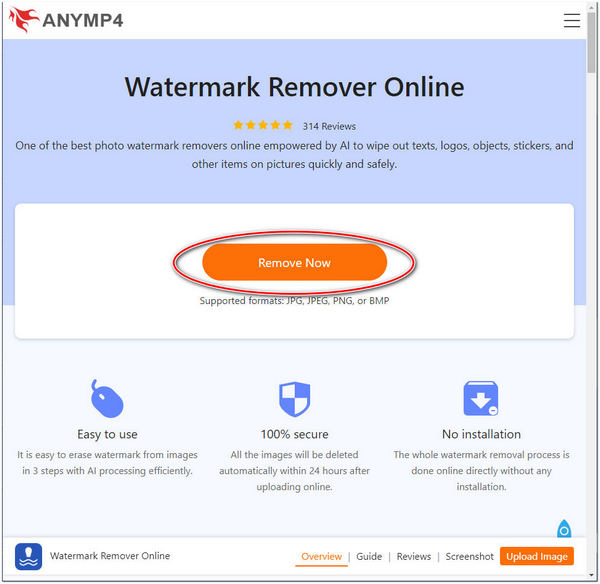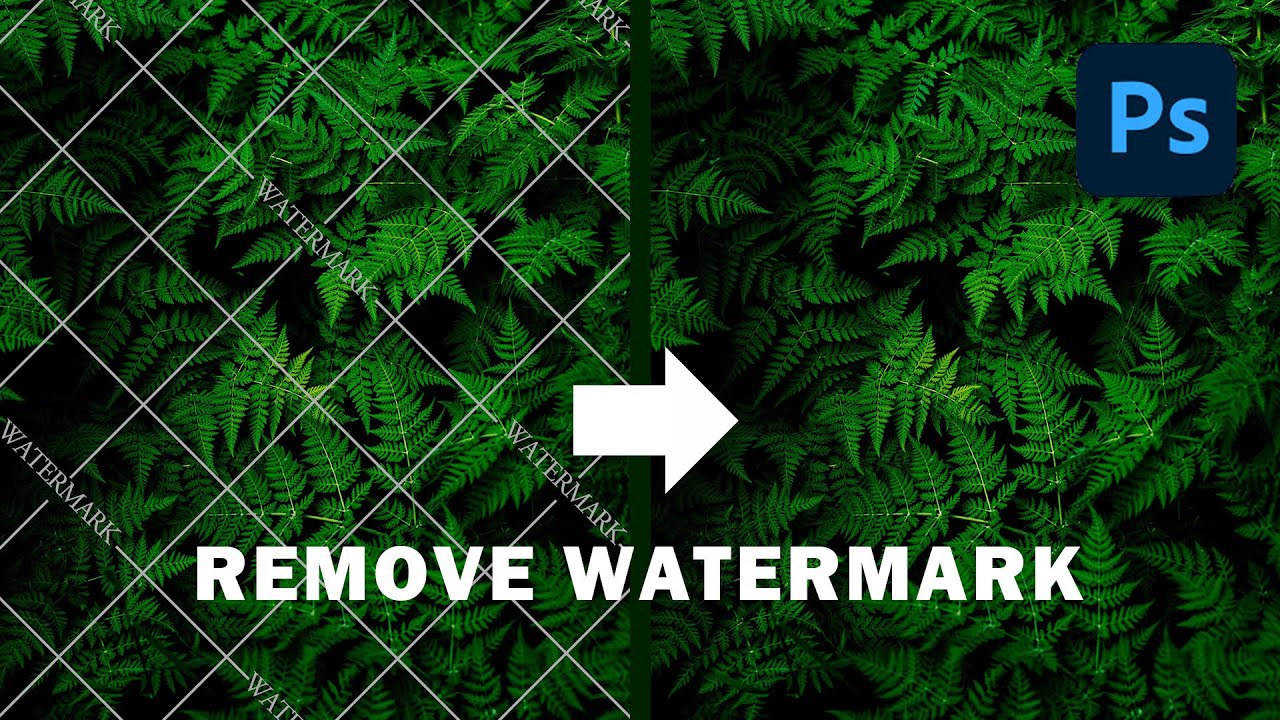Are you ever tempted to remove a Shutterstock watermark from an image to use it freely? While it might seem like a quick fix, it’s important to understand what these watermarks are and why they exist. Watermarks are there to protect photographers and artists, ensuring they get credit and compensation for their work. In this post, we’ll explore the purpose of Shutterstock watermarks and discuss some insights into how they work—without diving into any software tricks. Knowledge is power, and understanding these details can help you make better decisions about image usage.
Understanding Shutterstock Watermarks and Their Purpose

Shutterstock watermarks are visible overlays placed on images to protect the rights of photographers, designers, and content creators. You can think of them as digital signatures that indicate an image is protected and not free to use without proper licensing. These watermarks typically consist of the Shutterstock logo, along with some identifying information, and are designed to be difficult to remove or ignore.
The main purpose of these watermarks is to prevent unauthorized use of copyrighted images. When you see a watermark on an image, it’s a clear sign that the owner has not granted permission for free or unrestricted use. This helps photographers and artists ensure they get paid for their work and maintain control over how their images are distributed and used.
Shutterstock uses a variety of watermark styles depending on the image resolution and licensing type. For example, lower-resolution previews often have prominent watermarks, making it obvious they’re not the final, licensed version. Higher-resolution images available for purchase usually do not have watermarks, allowing buyers to download and use the image legally once they’ve paid for the license.
Understanding the purpose of watermarks is crucial because attempting to remove them without permission is not only unethical but also illegal in many places. Watermarks serve as a deterrent against theft and misuse, ensuring that creators receive proper recognition and compensation. If you need an unwatermarked image, the best approach is to purchase a license from Shutterstock or look for images that are free to use under Creative Commons or similar licenses.
In summary, Shutterstock watermarks are more than just visual obstructions—they are a vital part of digital rights management, protecting the hard work of countless creators worldwide. Recognizing their purpose helps us respect artists’ rights and encourages fair use of digital content.
Legal Considerations When Removing Watermarks

Before we dive into the methods of removing watermarks, it’s really important to understand the legal landscape surrounding this topic. Watermarks are there for a reason—they protect the rights of photographers, designers, and stock image providers like Shutterstock. Removing a watermark without permission can lead to serious legal trouble, including copyright infringement charges, fines, and even lawsuits.
Think of watermarks as a kind of digital signature. They indicate that the image is protected and that you need proper licensing to use it. If you’re considering removing a watermark, ask yourself:
- Do I have the legal rights or license to use this image?
- Am I removing the watermark to bypass licensing fees?
- Could my actions be interpreted as copyright infringement?
Using images without proper authorization, especially after removing watermarks, can be considered copyright violation. Even if you intend to use the image for personal purposes, it’s best to respect the creator’s rights. Always check the licensing terms associated with the image. Shutterstock, for example, offers various licensing options—some allow for certain types of use, while others are more restricted.
In many cases, the safest approach is to purchase the appropriate license for the image. This way, you can use the image legally and ethically, without risking legal issues or damaging your reputation. Remember, respecting intellectual property rights not only keeps you out of trouble but also supports photographers and creators who invest time and effort into producing quality work.
In summary, always prioritize legality and ethics when dealing with watermarked images. If you’re unsure, consult with a legal expert or reach out directly to the image provider for clarification. There are plenty of legitimate ways to obtain images for your projects—so don’t be tempted to cut corners!
Manual Techniques to Remove Shutterstock Watermarks Without Software
If you’re looking to remove watermarks manually without relying on specialized software, there are some traditional techniques you can try. Keep in mind, these methods are most effective when you have access to the original image or a high-resolution version without the watermark. Also, these techniques require patience and a steady hand. Let’s explore some common manual approaches:
1. Cropping the Image
The simplest method is to crop out the watermark, especially if it’s located at the edges or corners. Most photo editing tools, including basic ones like Paint or Preview, support cropping. Just select the area you want to keep, crop out the watermark, and save the image. The downside? If the watermark covers a significant part of the image, cropping might remove important content or reduce the overall quality.
2. Cloning and Healing Techniques
Using the clone stamp or healing brush tools, you can manually cover up the watermark by copying nearby pixels over it. Here’s a quick rundown:
- Select a healing or clone tool in your editing process.
- Zoom into the watermark for precision.
- Sample an area close to the watermark (usually by holding a key or clicking a specific button).
- Carefully paint over the watermark, blending it with the surrounding pixels.
This method works well for small watermarks or those on uniform backgrounds. It requires a bit of patience to get it looking seamless, but with practice, you can achieve decent results.
3. Using Content-Aware Fill (For Advanced Users)
If you have access to photo editing tools like Adobe Photoshop, you can use the Content-Aware Fill feature. This tool analyzes the surrounding pixels and intelligently fills in the area where the watermark was. To do this:
- Select the watermark area with a lasso or selection tool.
- Go to Edit > Fill > Content-Aware Fill (or similar, depending on your software).
- Adjust settings as needed and apply.
The result can be quite natural-looking, especially on backgrounds with consistent textures. However, this method requires some familiarity with advanced editing tools.
4. Covering the Watermark with Text or Shapes
If removing the watermark isn’t feasible, consider covering it with a text box, logo, or shape that fits your design. This is a quick fix that can make the watermarks less noticeable or even transform the image into something new.
In conclusion, manual removal techniques can be effective when done carefully. Always remember to respect copyright laws and use these methods ethically. Practice makes perfect, so don’t be discouraged if your first attempts aren’t perfect—patience and a steady hand are key!
Using Online Tools to Remove Watermarks Safely and Effectively
When it comes to removing watermarks from Shutterstock images, online tools can be a quick and convenient option. These platforms are designed to help users edit images directly in their browsers without the need to download complex software. But the key is choosing the right tools to ensure safety, effectiveness, and respect for copyright laws.
There are many online watermark removal services out there, but not all are created equal. Some are free, while others offer premium features. Here are a few popular and reputable options:
- Inpaint Online: Known for its user-friendly interface, Inpaint allows you to upload an image, highlight the watermark, and let the tool do the rest. It’s simple and effective for minor watermarks.
- Fotor: This online photo editor offers a clone brush and healing tool that can help remove watermarks. Plus, it provides basic editing features to enhance your image afterward.
- Pixlr X: A powerful browser-based editor similar to Photoshop. You can use the clone stamp or healing brush to carefully remove watermarks, making it ideal for more detailed edits.
Using these tools generally involves a few simple steps:
- Upload the image with the watermark.
- Select the watermark area using the provided tools (brush, lasso, or selection tools).
- Apply the removal process—most tools will automatically blend the area with the surrounding pixels.
- Review the result and make additional adjustments if needed.
- Download the cleaned image.
While online tools are handy, keep in mind some important considerations:
- Quality matters: The effectiveness depends on the complexity of the watermark and the image background.
- Respect copyright: Always ensure you have the rights to modify and use the images, especially if they are for commercial purposes.
- Privacy and security: Use reputable platforms to avoid uploading sensitive or personal images to insecure sites.
Online tools are a great starting point for quick edits, but if you’re working with high-resolution images or need professional results, exploring dedicated software might be a better choice. Still, for casual use or small projects, these web-based options are often more than enough.
Tips for Ensuring Image Quality After Watermark Removal
Removing a watermark is just one part of the process. The real challenge lies in maintaining, or even improving, the overall quality of the image afterward. Here are some practical tips to help you achieve the best possible result:
1. Use High-Resolution Originals
If you start with a high-resolution image, you have more pixels to work with. This means when you remove the watermark, there’s less risk of losing detail or ending up with a blurry result. Always try to work with the original or a high-quality version whenever possible.
2. Choose the Right Tools and Techniques
Opt for tools that offer advanced healing and cloning features. For instance, the clone stamp or healing brush can help seamlessly blend the corrected area with the surrounding pixels. Take your time to carefully sample textures and colors to avoid obvious edits.
3. Pay Attention to the Background
Watermarks are often placed over complex backgrounds. When removing them, focus on matching the background pattern and color. Sometimes, manually retouching small areas with a fine brush yields better results than automated processes.
4. Make Subtle Adjustments
After the initial removal, use adjustment layers or filters to fine-tune brightness, contrast, and color balance. This helps ensure the edited area matches the rest of the image, making your corrections less noticeable.
5. Avoid Over-Editing
Less is more. Over-editing can lead to unnatural-looking spots or artifacts. If the removal process creates noticeable inconsistencies, consider redoing the edit or using different blending techniques.
6. Use Noise Reduction Sparingly
If your edits introduce grain or noise, apply noise reduction filters carefully. You want to smooth out imperfections without losing detail or making the image appear overly soft.
7. Test Different Methods
If one technique doesn’t give the desired result, try another. Sometimes a combination of cloning and healing, along with slight color adjustments, yields the best outcome.
8. Save in the Proper Format
When saving your final image, choose a format that preserves quality, like PNG or TIFF, especially if you plan to print or use the image professionally. Avoid compression formats like JPEG if possible, or save multiple versions for different uses.
Remember, patience and practice go a long way in achieving natural-looking results. With the right approach and a keen eye for detail, you can remove watermarks while preserving the integrity and quality of your images.
Alternative Approaches to Obtain Shutterstock Images Legally
If you’re looking to use Shutterstock images without the hassle of removing watermarks or risking copyright issues, the best approach is to get images through legitimate means. There are several options that not only keep you on the right side of the law but also ensure you have high-quality visuals for your projects.
Subscribe to a Shutterstock Plan
- Monthly or Annual Subscription: This is the most straightforward way to access a wide range of images. Subscribers get unlimited or a set number of downloads depending on the plan.
- On-Demand Packs: If you need images sporadically, you can purchase image packs without committing to a subscription.
Use Shutterstock’s Free Resources
Shutterstock occasionally offers free images or free trials. While these are limited, they can be perfect for small projects or testing out the platform’s offerings without any cost.
Partner with Photographers or Creators Directly
If you need a very specific image, consider reaching out directly to photographers or artists who upload their work to Shutterstock. Sometimes, negotiating a license directly can be more affordable and tailored to your needs.
Explore Alternative Stock Image Sites
If Shutterstock’s pricing isn’t suitable, there are many other reputable sites offering free or affordable images, such as Unsplash, Pexels, or Pixabay. These platforms often provide high-quality images under Creative Commons licenses, which are safe to use with proper attribution.
Remember, the key is respecting creators’ rights. Using images legally not only keeps you safe from legal issues but also supports the hardworking artists and photographers who produce the content we love. So, whenever possible, opt for legitimate channels—you’ll find it’s worth the effort!
Conclusion
In the world of digital content, images are a vital component, and Shutterstock is a popular source for high-quality visuals. However, dealing with watermarks can be frustrating, especially if you’re eager to use an image but don’t have a license. While some might consider removing watermarks without permission, it’s important to remember that this is both unethical and illegal.
Instead of risking legal troubles or damaging your reputation, explore legitimate avenues to obtain images. Subscribing to Shutterstock, utilizing free resources, or exploring other stock image websites are all smart, safe options. These approaches ensure you’re respecting creators’ rights while getting access to stunning visuals for your projects.
At the end of the day, the goal is to create compelling content that’s both engaging and ethical. By choosing legal methods to acquire images, you’re investing in quality and integrity—something that always pays off in the long run. Happy creating!


